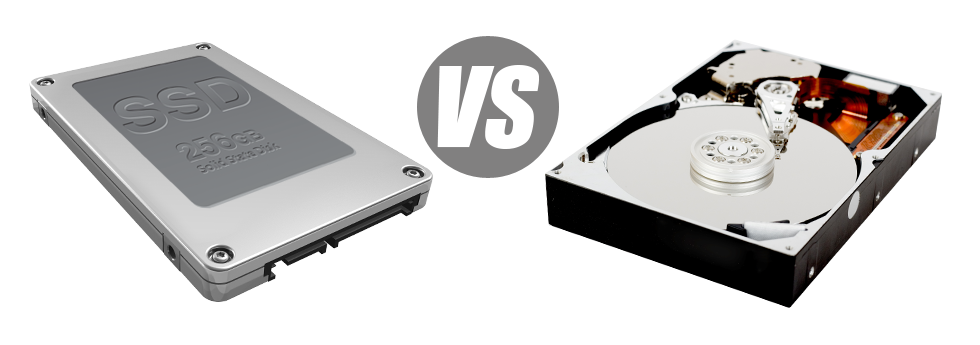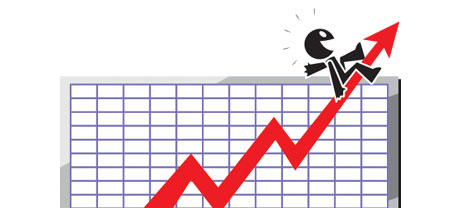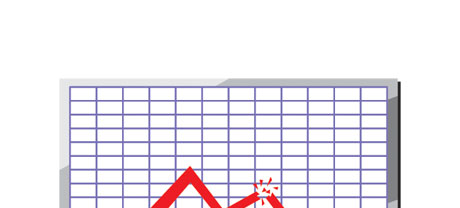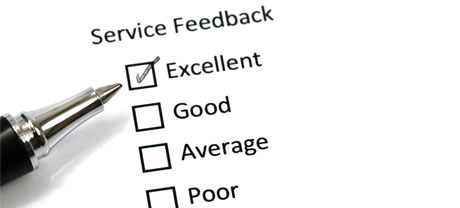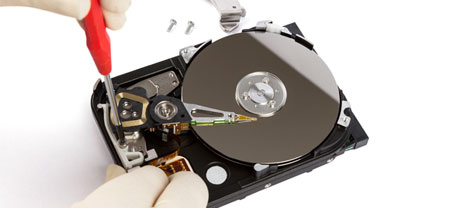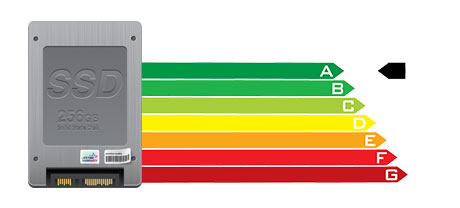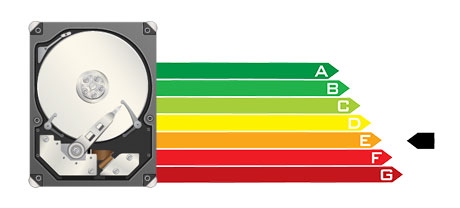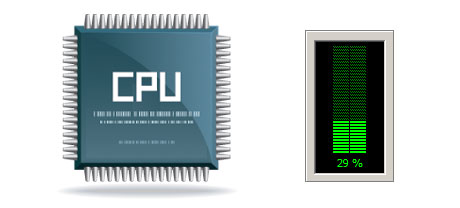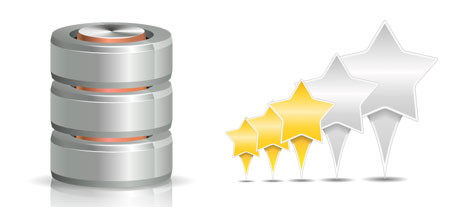At present, virtually all brand new laptops or computers contain SSD drives in place of HDD drives. You can find superlatives to them all over the specialised press – that they are quicker and function much better and they are actually the future of desktop computer and laptop manufacturing.
Nevertheless, how can SSDs stand up within the hosting community? Could they be efficient enough to replace the proved HDDs? At MyDigitalProductions.com, we are going to assist you to far better be aware of the distinctions between an SSD and an HDD and decide the one that is best suited for you needs.
1. Access Time
With the introduction of SSD drives, data access speeds have gone tremendous. On account of the unique electronic interfaces found in SSD drives, the standard file access time has been reduced towards a record low of 0.1millisecond.
HDD drives depend on rotating disks for files storage reasons. When a file will be accessed, you will need to await the right disk to reach the correct place for the laser beam to reach the data file you want. This results in an average access rate of 5 to 8 milliseconds.
2. Random I/O Performance
The random I/O performance is critical for the effectiveness of any data file storage device. We have run thorough testing and have confirmed an SSD can deal with at least 6000 IO’s per second.
Hard drives deliver slower data file access rates due to older file storage space and accessibility technology they are by making use of. And they also illustrate noticeably sluggish random I/O performance compared with SSD drives.
For the duration of our lab tests, HDD drives managed on average 400 IO operations per second.
3. Reliability
SSD drives are designed to have as fewer rotating elements as is possible. They utilize an identical technique like the one used in flash drives and are more efficient than classic HDD drives.
SSDs come with an normal failing rate of 0.5%.
HDD drives work with rotating disks for saving and reading info – a technology going back to the 1950s. And with hard disks magnetically suspended in mid–air, spinning at 7200 rpm, the prospect of anything failing are much bigger.
The standard rate of failure of HDD drives ranges amongst 2% and 5%.
4. Energy Conservation
SSD drives are far smaller than HDD drives and they don’t possess virtually any moving components at all. It means that they don’t create as much heat and require considerably less power to work and fewer energy for cooling purposes.
SSDs take in somewhere between 2 and 5 watts.
As soon as they were made, HDDs have always been really electricity–ravenous devices. Then when you have a web server with a bunch of HDD drives, this will raise the regular power bill.
Normally, HDDs use up in between 6 and 15 watts.
5. CPU Power
The speedier the data file accessibility rate is, the swifter the data queries are going to be adressed. Therefore the CPU will not have to reserve assets waiting for the SSD to reply back.
The average I/O delay for SSD drives is only 1%.
Compared to SSDs, HDDs permit reduced file access speeds. The CPU will be required to wait for the HDD to send back the requested file, scheduling its allocations while waiting.
The normal I/O wait for HDD drives is about 7%.
6.Input/Output Request Times
It’s about time for a few real–world cases. We, at MyDigitalProductions.com, competed a full system backup with a web server using only SSDs for file storage reasons. During that operation, the standard service time for an I/O query kept under 20 ms.
Weighed against SSD drives, HDDs offer noticeably sluggish service rates for input/output calls. During a server backup, the normal service time for an I/O query varies somewhere between 400 and 500 ms.
7. Backup Rates
You’ll be able to feel the real–world potential benefits to using SSD drives each day. As an example, on a server equipped with SSD drives, a full back–up will take simply 6 hours.
On the flip side, on a web server with HDD drives, the same back–up can take three to four times as long to finish. A complete back–up of an HDD–equipped server usually takes 20 to 24 hours.
With MyDigitalProductions.com, you can get SSD–driven hosting services at affordable prices. The website hosting plans along with the Linux VPS servers contain SSD drives by default. Apply for an hosting account along with us and observe the way your sites can become better immediately.
Hepsia
- Live Demo
Service guarantees
- Join us today. There won’t be any setup fees and you will have full root access to the server. 99.9% network uptime is guaranteed.
Compare our prices
- Take a look at our price list and choose the most suitable Virtual Private Server for your active web sites. You’ll be able to move up to a more feature–rich VPS Hosting package with a mouse click.
- Compare our hosting plans
Contact Us
- We are available for you 24x7 to resolve any sort of questions with regards to our VPS Hosting platform. 60–min response time guarantee.
